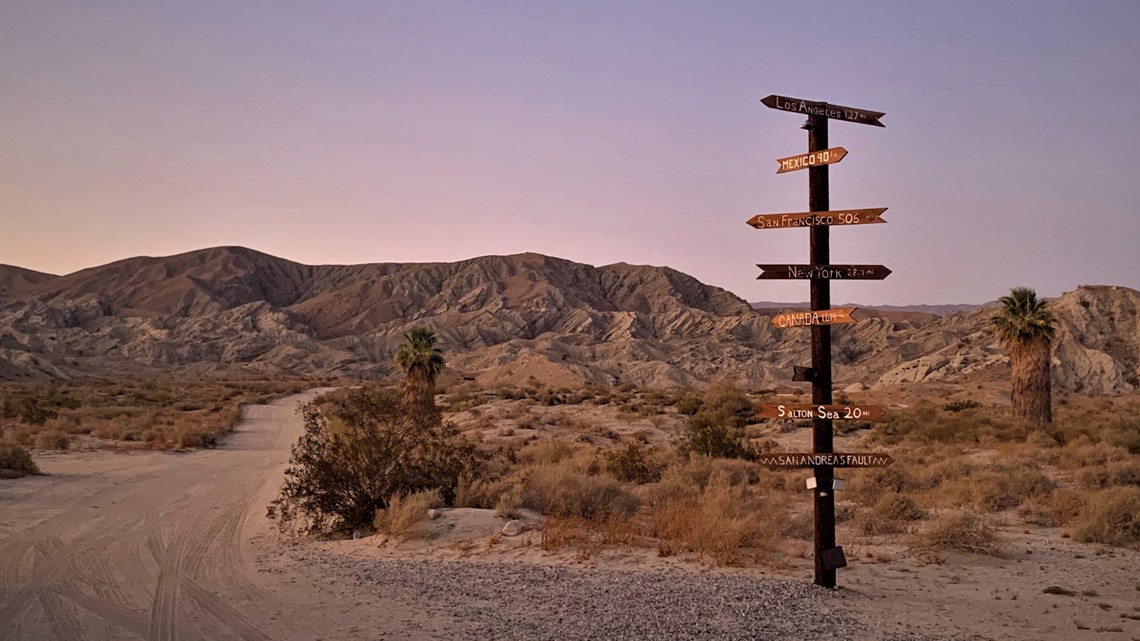SACRAMENTO, California — There are countless fault lines on the West Coast of the United States and movement along two of the longest known faults can be catastrophic.
The Cascadia Subduction Zone in the Pacific Ocean stretches 600 miles from Northern California to Canada. It is capable of producing deadly tsunamis that will devastate the Pacific Northwest.
In California, most are concerned about the San Andreas Fault, which runs 800 miles across the state.
Thirty years ago, on Oct. 17, 1989, a magnitude 6.9 earthquake along the San Andreas Fault caused Bay Area buildings to crumble and freeways to collapse. It caused game three of the World Series being played in San Francisco to be put on hold.
More than 60 people were killed in what became known as the Loma Prieta Earthquake.
Thousands of faults weave through California like a spider web. Some have yet to be discovered. San Andreas is probably the most famous fault line in California because of the damage it has done and will likely still cause because we are due for the big one.
“The fault is not just one surface,” Dr. Lucy Jones, seismologist, said. “When it breaks during a particular earthquake, you usually see one surface. Each different earthquake may move a slightly different place. You end up creating a zone that can be a variety of width.”
While taking a tour along the San Andreas fault, Dr. Jones explained what could happen during "the big one."
“Transmission lines, if the fault doesn’t run through the tower, there’s often enough flexibility that they can move and stay up,” Dr. Jones said. “However, if it runs through the tower, it’ll be a problem.”
Geologists say the southern part of the San Andreas Fault is a hundred years overdue for a major earthquake. A large earthquake on the San Andreas Fault could be catastrophic for major cities anywhere close to it.
“You would have pretty severe economic effects,” Tim McCrink, a geologist with California Geological Survey, said. “The shaking would damage thousands of buildings. A lot of people will die.”
McCrink says even things in your home could be deadly.
“If you have gas running to your house, and your house breaks, something severe happens to the house,” McCrink said. “You break those pipelines and now you're pumping gas into the atmosphere. It doesn't take much to ignite that.”
We've passed the 100-year mark since a massive earthquake on the northern part of the San Andreas Fault. In 1906, an earthquake in San Francisco killed 3,000 people and caused fires that burned for three days. Half the city became homeless.
“The fires did more damage to the structures, and perhaps to lives, than the earthquake itself, but the earthquake itself did a lot of damage,” McCrink said. "The city hall was brand new and was almost completely destroyed.”
Earthquakes create catastrophic damage to buildings and impact the economy.
“We know it takes decades to recover from these things,” McCrink said. “We saw that from the 1989 Loma Prieta earthquake. They had their 25th anniversary not too long ago and the word I heard from them that they were just finishing rebuilding some of the buildings in Santa Cruz damaged by that earthquake.”
The big one on the San Andreas fault will happen at any moment.
The question is are we ready?
WATCH MORE:


